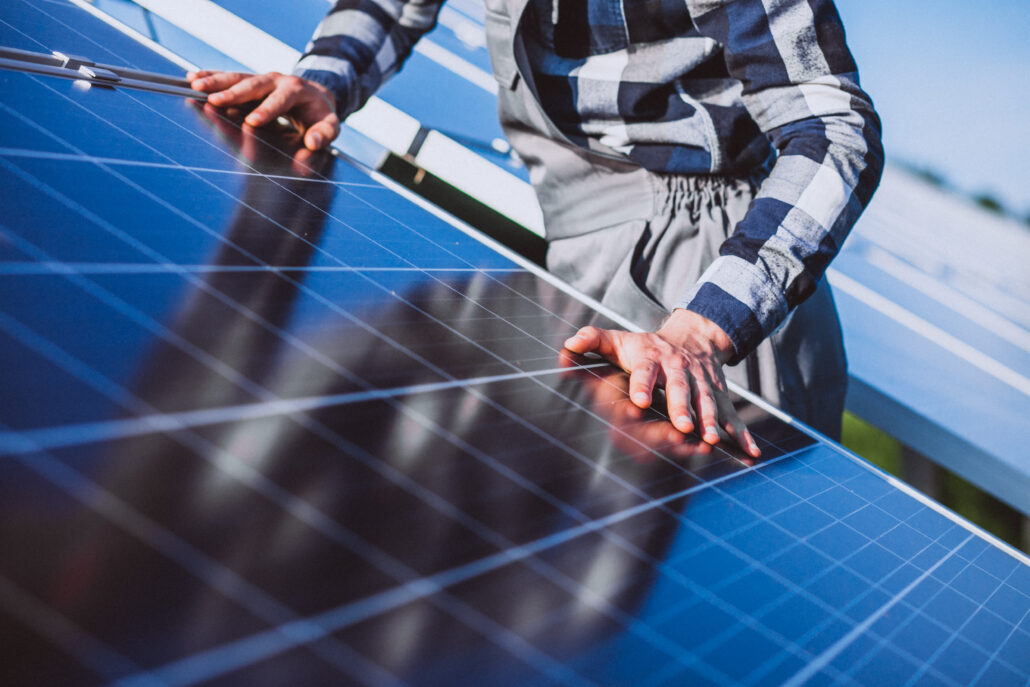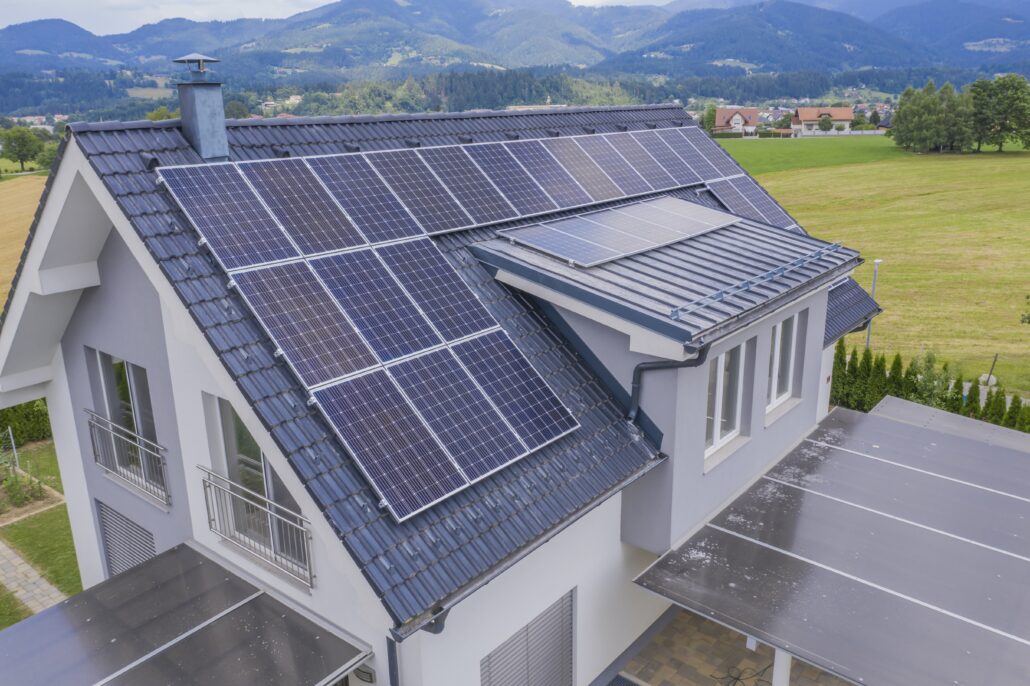Written by Giannis Taousanidis, electrical engineer at Wattcrop.
In our quest for sustainable energy solutions, the integration of solar power into our everyday lives has gained significant attention. Building Integrated Photovoltaics (BIPV) stands at the forefront of this renewable energy revolution. BIPV represents a marriage of architecture and energy generation, transforming traditional building structures into power-generating assets. This article explores the concept of BIPV, its benefits, and the challenges and considerations involved in its implementation.
What is BIPV?
Building Integrated Photovoltaics (BIPV) refers to the incorporation of solar panels directly into building materials and design elements. Unlike conventional solar panels, which are typically mounted on rooftops or ground-mounted arrays, BIPV seamlessly integrates photovoltaic technology into various parts of a building, including windows, facades, and roofing materials. BIPV systems serve a dual purpose: generating electricity while providing the structural and aesthetic functions of the building.

The Benefits of BIPV
Energy Generation: BIPV systems allow buildings to harness solar energy efficiently, reducing reliance on non-renewable energy sources and lowering electricity bills.
Space Efficiency: BIPV eliminates the need for separate solar panel installations, saving valuable land or rooftop space for other purposes.
Aesthetic Appeal: BIPV can be customized to match the architectural design, enhancing the building’s aesthetic appeal. This makes it a preferred choice for both new constructions and retrofits.
Sustainable Building: BIPV contributes to green building practices by reducing a structure’s carbon footprint and promoting sustainability.
Longevity: BIPV materials are designed to withstand environmental factors, ensuring a long lifespan and minimal maintenance.
Increased Property Value: BIPV can increase the value of a property, as it adds an additional revenue stream through energy generation.
Types of BIPV Technologies
Solar Windows: Transparent solar panels integrated into windows can generate electricity while allowing natural light to pass through.
Solar Roofing: Roofing materials such as solar shingles or tiles are designed to replace traditional roofing materials while generating electricity.
Solar Facades: Solar panels can be integrated into building facades, creating a striking visual effect while producing electricity.
Solar Canopies: These structures incorporate solar panels into awnings or shade structures, providing shade while generating power.

Challenges and Considerations
While BIPV holds immense promise, there are challenges and considerations to address during planning and implementation:
Cost: BIPV materials and installation are currently more expensive than traditional building materials. However, this cost is gradually decreasing with advancements in technology and increased adoption.
Efficiency: The energy conversion efficiency of BIPV materials may be lower than that of traditional solar panels, so optimizing design and placement is crucial.
Aesthetics: BIPV materials must seamlessly blend with the building’s design. Balancing aesthetics and energy production can be a challenge.
Maintenance: Proper maintenance is essential to ensure the longevity and efficiency of BIPV systems.
Installation Expertise: BIPV installation requires specialized knowledge and skills, which may not be readily available in all regions.
Regulations and Permits: Local building codes and regulations may need to be updated to accommodate BIPV installations, and obtaining the necessary permits can be complex.
Building Integrated Photovoltaics (BIPV) represents a promising leap towards sustainable and energy-efficient building design. By seamlessly integrating solar power generation into the very fabric of our buildings, BIPV offers numerous benefits, including energy generation, space efficiency, and enhanced aesthetics. While challenges such as cost and efficiency remain, ongoing research and innovation are steadily overcoming these obstacles. As we continue to embrace renewable energy solutions, BIPV stands as a beacon of hope for a greener and more sustainable future in the realm of architecture and construction.
Find more interesting articles on our news page!

